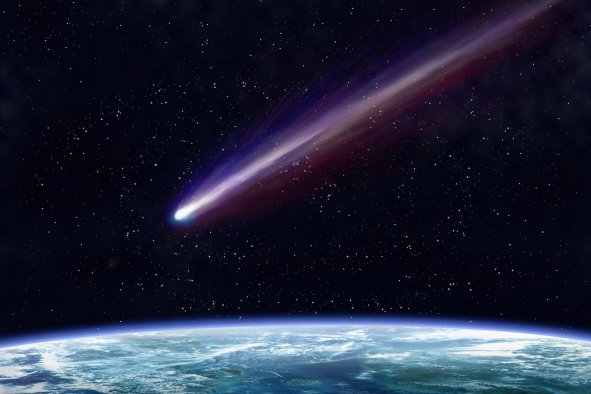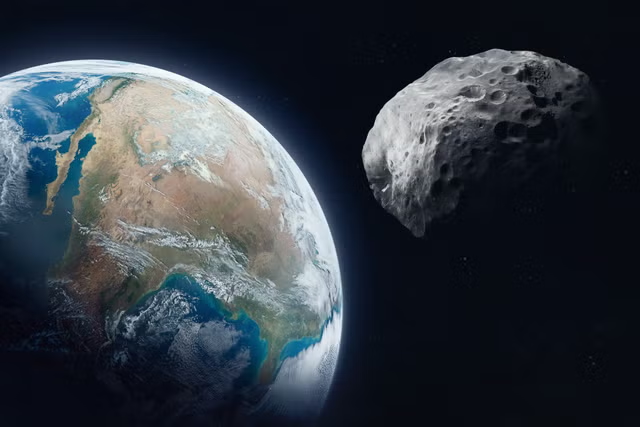Several locations around the world are inundated with polluted water and the situation in these hot spots may only get worse in the coming years.
This water pollution mainly comes from the leakage of waste from garbage, including plastics, according to a new study in the journal Nature Communications by the International Institute for Applied Systems Analysis (IIASA).
Maps of the current worst-hit locations and the regions where water quality is predicted to be bad in the future were created by the researchers, with hot spots in China, South America and South Asia.
"Our study shows that the majority of leakage of municipal solid waste—everyday items that are discarded by people—into aquatic environments occur in Africa, China, India, and South Asia. It's necessary to start focusing on improving waste management systems in these affected areas," study co-author Adriana Gomez Sanabria, a researcher in the Pollution Management Research Group of the IIASA Energy, Climate, and Environment Program, said in a statement.
Municipal solid waste (MSW), commonly referred to as trash or garbage, consists of everyday items discarded by the public. This can include food scraps, paper, cardboard, plastics, textiles, glass, metals and electronic waste.
According to the paper, we are facing a crisis because of the skyrocketing amount of waste being produced by modern societies.
"Estimates show that future global municipal waste generation is expected to increase between 20 percent (sustainability pathway) and 68 percent (fossil-fueled pathway) by 2050 depending on the assumed socio-economic pathway," the researchers wrote in the paper. "Global MSW generation is estimated at about 2560 Mt(million tons) in 2020 and it is expected to increase to 3320–3790 Mt in 2040."
Currently, a large proportion of waste is mismanaged and scattered, polluting waterways and oceans around the world.
"Global estimates suggest that in 2010, 275 Mt (million tons) of plastic waste was generated across 192 coastal countries, of which between 1.75 percent and 4.61 percent ended up in the ocean," the researchers wrote. "In 2019, it was estimated that 1000 rivers are responsible for 80 percent of the annual global plastic emissions into the ocean with an average of 1.75 Mt per year.
"Land-based waste has been identified as the main source of marine litter (of which 80 percent is plastic waste). Although initiatives to stop plastics from entering the oceans exist, without appropriate waste management systems it is impossible to stop leakage of waste into our ecosystems."
The study reveals locations around the globe that currently have the most water pollution resulting from poor waste management, and those that will become increasingly at risk in the future.
The researchers note that certain moves like banning plastic cups can lead to increased waste in other ways, such as more paper cup waste.
"Our analysis shows that there is a pressing need to establish a standardized framework to monitor waste generation, composition, and flows," study co-author Florian Lindl, a researcher in the IIASA Pollution Management Research Group, said in the statement. "This framework should help us track the effectiveness of actions, including political, economic, and technological measures aimed at reducing waste and improving waste management systems."
The paper notes that China, South Asia, Africa and India will account for around 70 percent of the possible leakage of waste into waterways.
The study highlights the interplay between waste management and aquatic pollution and how important it is to control this in the future.
"We need to understand that the primary function of waste management systems is to protect human health and the environment," Gomez Sanabria said. "As creators of the waste crisis, we must take responsibility by changing our behavior to reduce consumption through refuse, rethink, and reuse practices."
Do you have a tip on a science story that Newsweek should be covering? Do you have a question about water pollution? Let us know via science@newsweek.com.
Disclaimer: The copyright of this article belongs to the original author. Reposting this article is solely for the purpose of information dissemination and does not constitute any investment advice. If there is any infringement, please contact us immediately. We will make corrections or deletions as necessary. Thank you.



